Solar Chimney CFD Simulation Using DO & Solar Ray Tracing Model – ANSYS Fluent Tutorial
Solar Chimney CFD Simulation Using DO & Solar Ray Tracing Model – ANSYS Fluent Tutorial
- Upon ordering this product, you will be provided with a geometry file, a mesh file, and an in-depth Training Video that offers a step-by-step training on the simulation process.
- For any more inquiries regarding the product, please do not hesitate to reach out to us at info@CFDLAND.com or through our online support assistant.
€175 Original price was: €175.€145Current price is: €145.
A new way to use solar energy for natural cooling and ventilation in buildings is through solar chimneys. Using the ideas of thermodynamics and fluid dynamics, these structures make a difference in temperature that moves air. This makes the inside more comfortable while lowering the need for mechanical systems. Engineers can correctly guess how well solar chimneys will work in different environmental conditions by using Computational Fluid Dynamics (CFD) simulations, especially the Discrete Ordinates (DO) radiation model in ANSYS Fluent. This subject is both hard and interesting because it combines complicated physical phenomena with advanced simulation methods. It is also an important subject to study for sustainable building and design that uses less energy. This study is session 11 of ANSYS Fluent Course For Beginners in which we investigate with scientific approach through radiation parameters.
- Reference [1]: Gontikaki, M., et al. “Optimization of a solar chimney design to enhance natural ventilation in a multi-storey office building.” (2010).
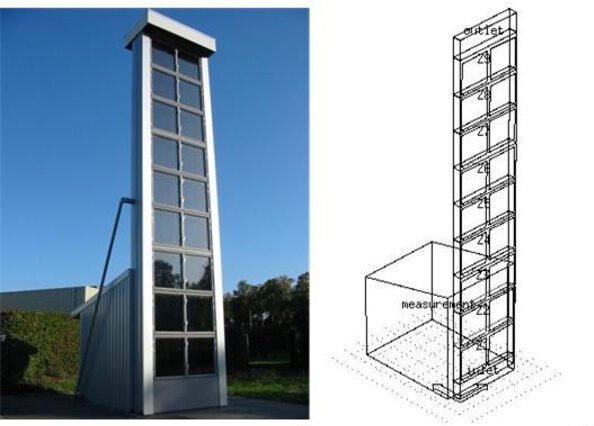
Figure 1: Glass solar chimney CFD Simulation Using DO radiation model [1]
Simulation Process
The simulation process starts with an ANSYS Design Modeler model of a small solar chimney that was carefully made. It has a complex mesh structure with 164,325 hexahedral elements. This high-quality organized mesh makes sure that computations are as accurate and quick as possible. Two important parts of the chimney’s design are the front glass wall, which lets solar light pass through, and the back absorber wall, which collects solar energy and turns it into heat. The method only uses natural convection, with air coming in through a lower opening and leaving through an upper opening. This means that no artificial pressure differences are needed. The Discrete Ordinates (DO) model and the Solar Ray Tracing module are used together to accurately simulate the complicated radiation physics. The module is specially calibrated for the chimney’s location in Sheffield, England. We carefully set important parameters for the partially transparent glass wall and the partially opaque absorber wall. These include the diffuse fraction, the absorption coefficient, the visible and infrared properties, and the emissivity values. This makes sure that the solar-thermal interactions in the system are accurately reflected.
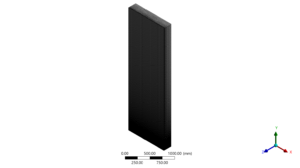
Figure 2: Solar Chimney CFD Simulation Using DO Radiation Model – structured grid
Post-processing
The solar chimney’s thermal performance study shows that there are big differences in temperature and heat transfer mechanisms at work. The system effectively captures solar energy, with the absorber wall reaching a peak temperature of 366.17K from an ambient temperature of 300K. The intended chimney effect is made by the big temperature difference of 66.17K between the absorber wall and the air around it. The glazing wall stays at a moderate temperature of 318.74K, which means that solar energy is effectively transmitted while heat loss is minimized. The average temperature of the internal air volume is 305.51K, which creates the thermal driving force needed for natural convection to happen.
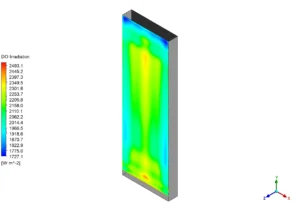
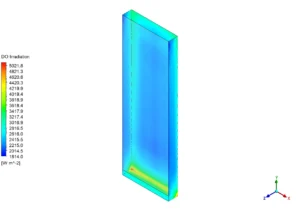
Figure 3: Solar irradiation received by a) glass b) absorber wall in solar chimney CFD simulation
The velocity contours show that the buoyancy-driven flow is working well, as the outlet velocity reaches 0.729 m/s without any mechanical help. The pattern of speeds shows that there is natural convection, which is clear to see because it shows acceleration along the hot absorber wall and a clear thermal plume. The DO irradiation model shows that the radiation intensities vary across the chimney surfaces, with values ranging from 1727.1 W/m² to 2493.1 W/m² on the absorber wall and 1814.0 W/m² to 5021.8 W/m² through the glazing. This shows that the system is able to effectively capture and distribute solar energy. These results prove that the solar chimney can successfully create strong airflow through passive means, making it a good choice for natural ventilation tasks.
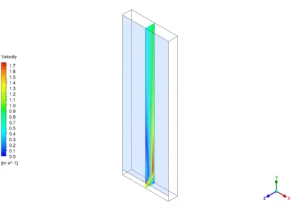
Figure 4: the buoyancy-driven flow pattern inside solar chimney
We pride ourselves on presenting unique products at CFDLAND. We stand out for our scientific rigor and validity. Our products are not based on guesswork or theoretical assumptions like many others. Instead, most of our products are validated using experimental or numerical data from valued scientific journals. Even if direct validation isn’t possible, we build our models and assumptions on the latest research, typically using reference articles to approximate reality.
Yes, we’ll be here . If you have trouble loading files, having technical problems, or have any questions about how to use our products, our technical support team is here to help.
You can load geometry and mesh files, as well as case and data files, using any version of ANSYS Fluent.
€175 Original price was: €175.€115Current price is: €115.

€105 Original price was: €105.€65Current price is: €65.

€240 Original price was: €240.€125Current price is: €125.

€110 Original price was: €110.€85Current price is: €85.

€255 Original price was: €255.€135Current price is: €135.

€280 Original price was: €280.€145Current price is: €145.


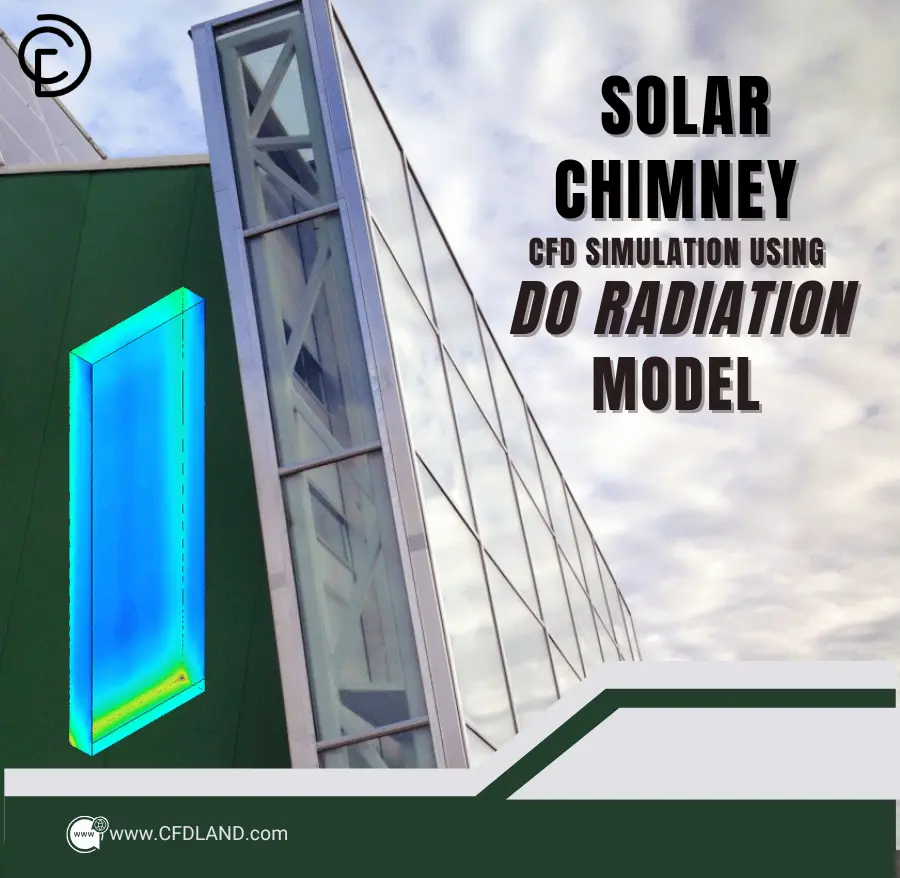
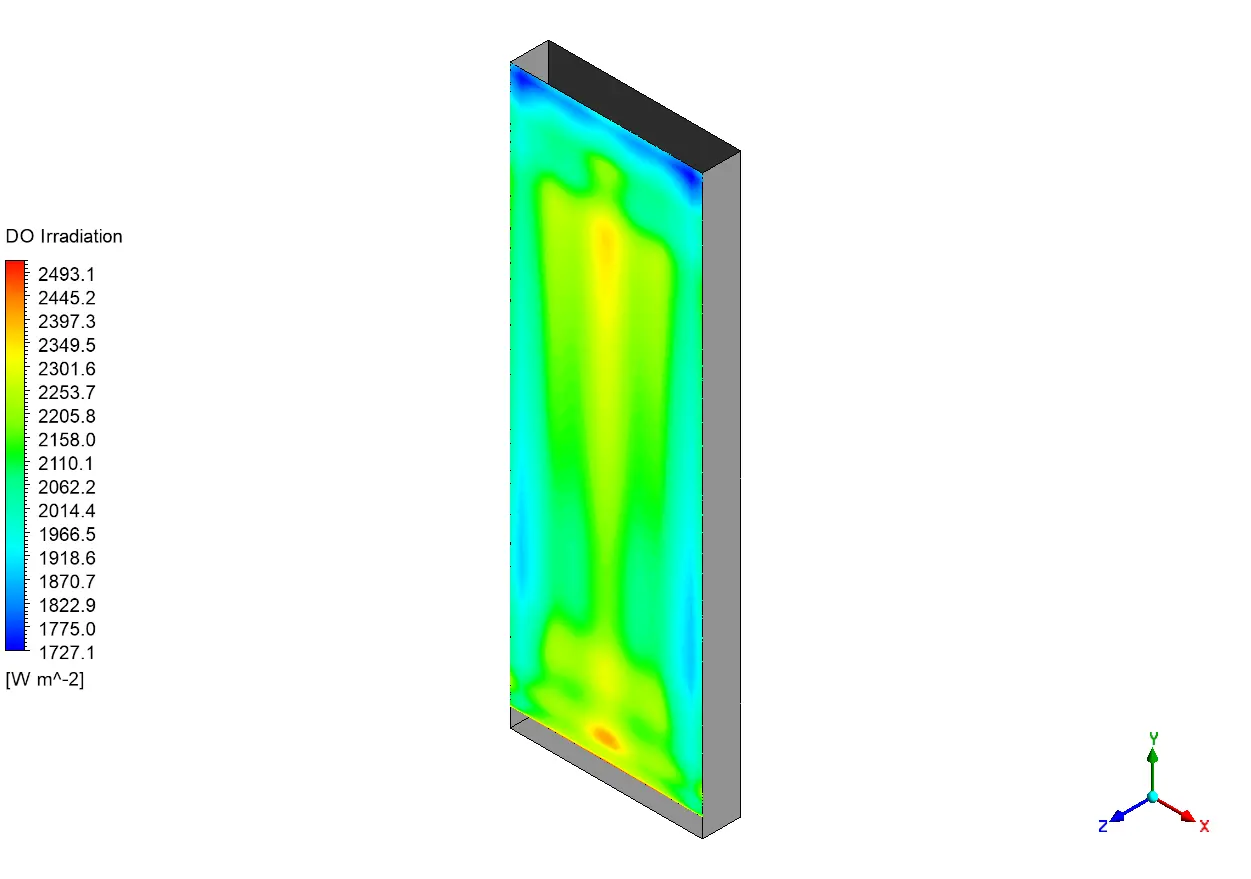
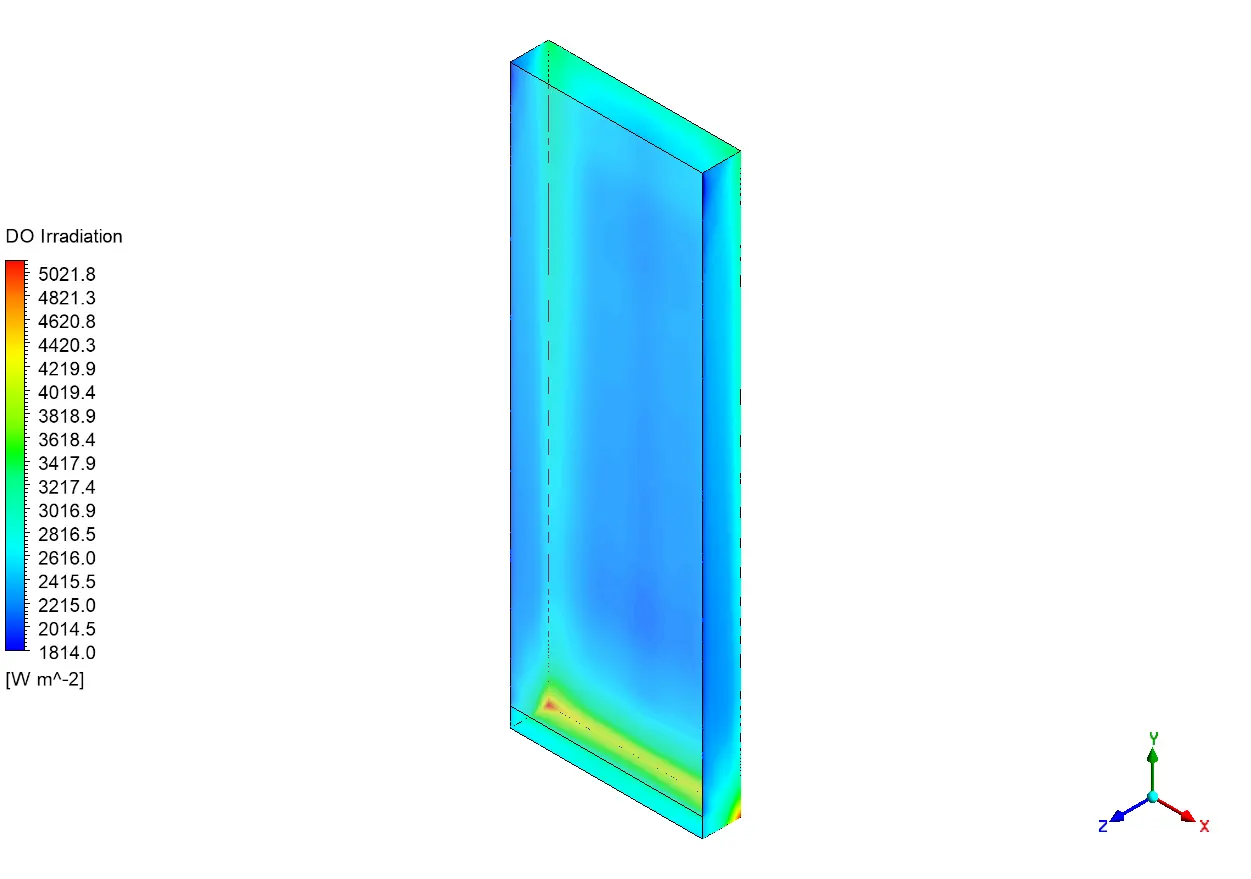
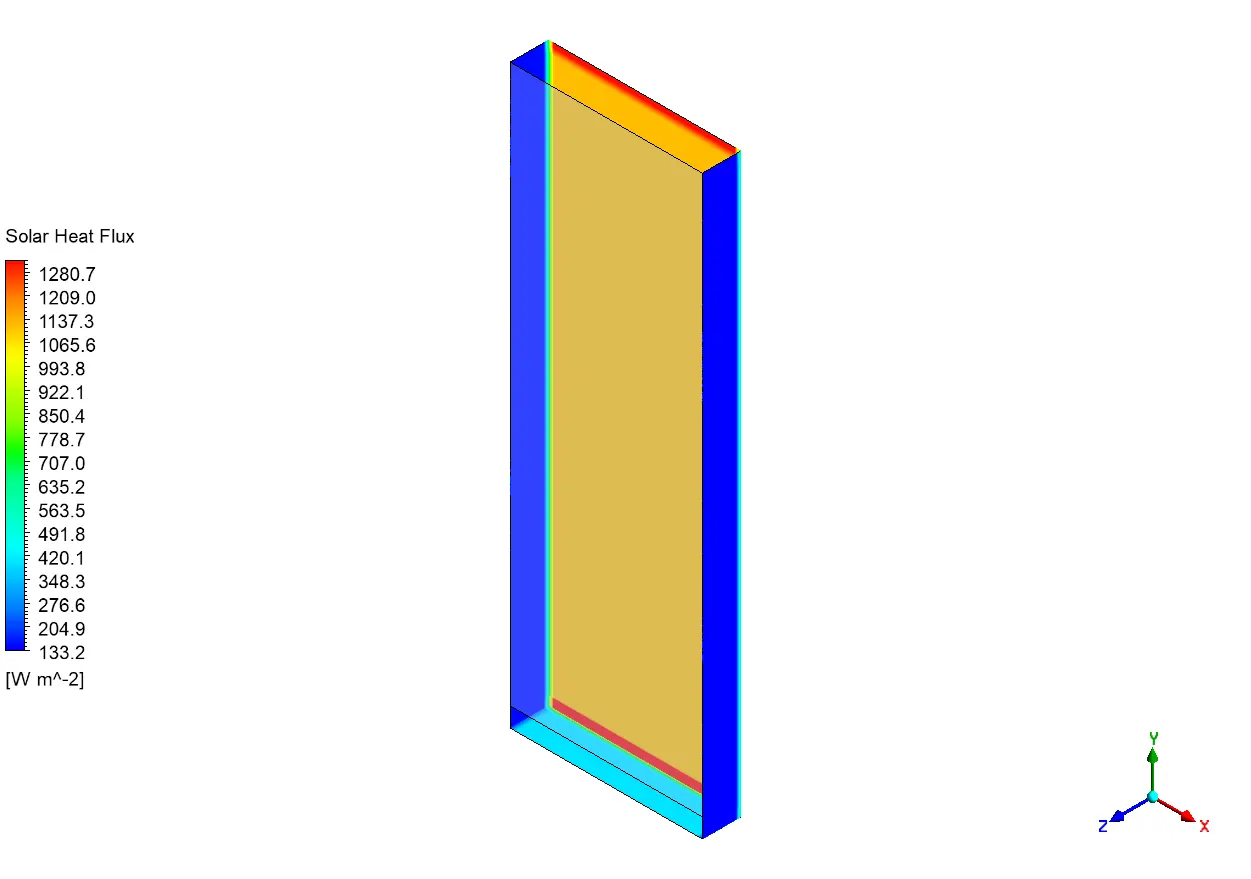
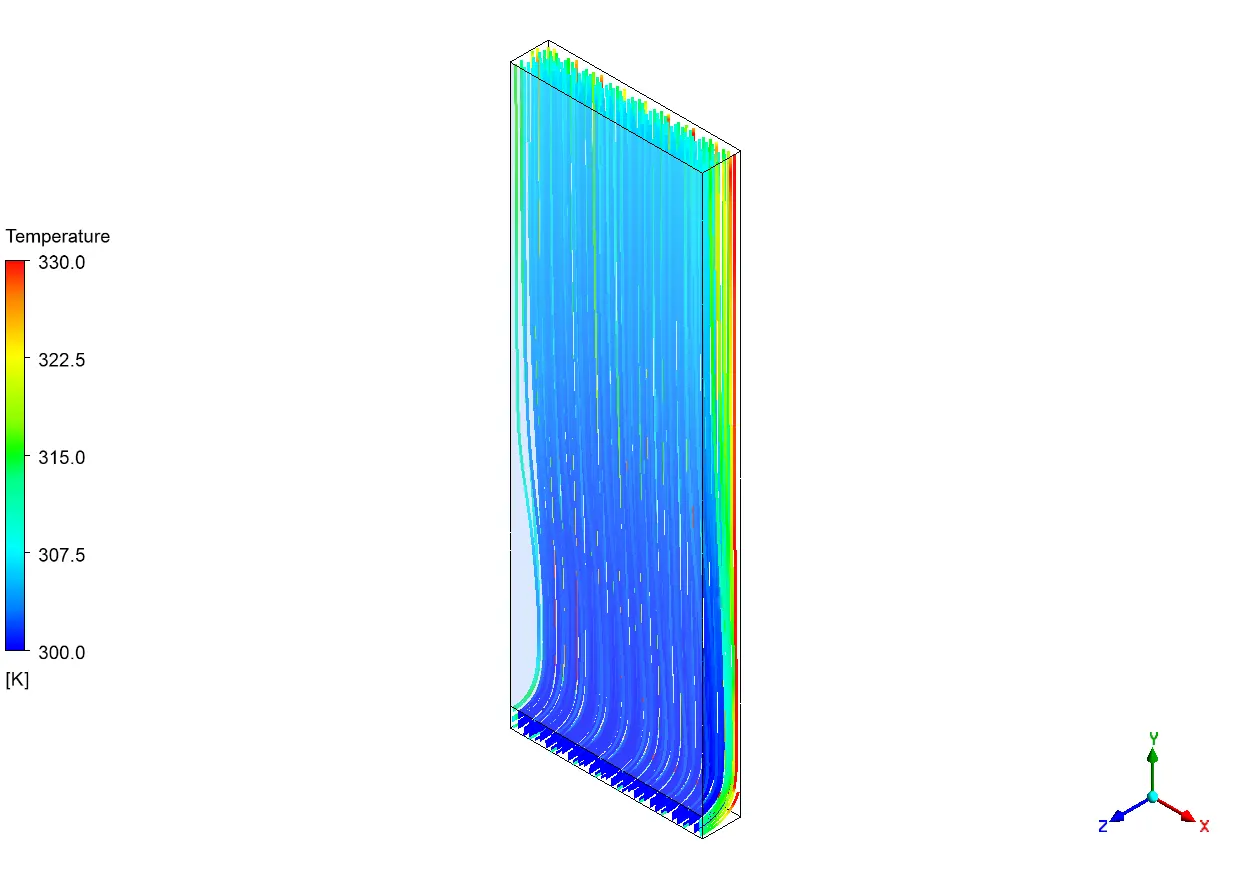
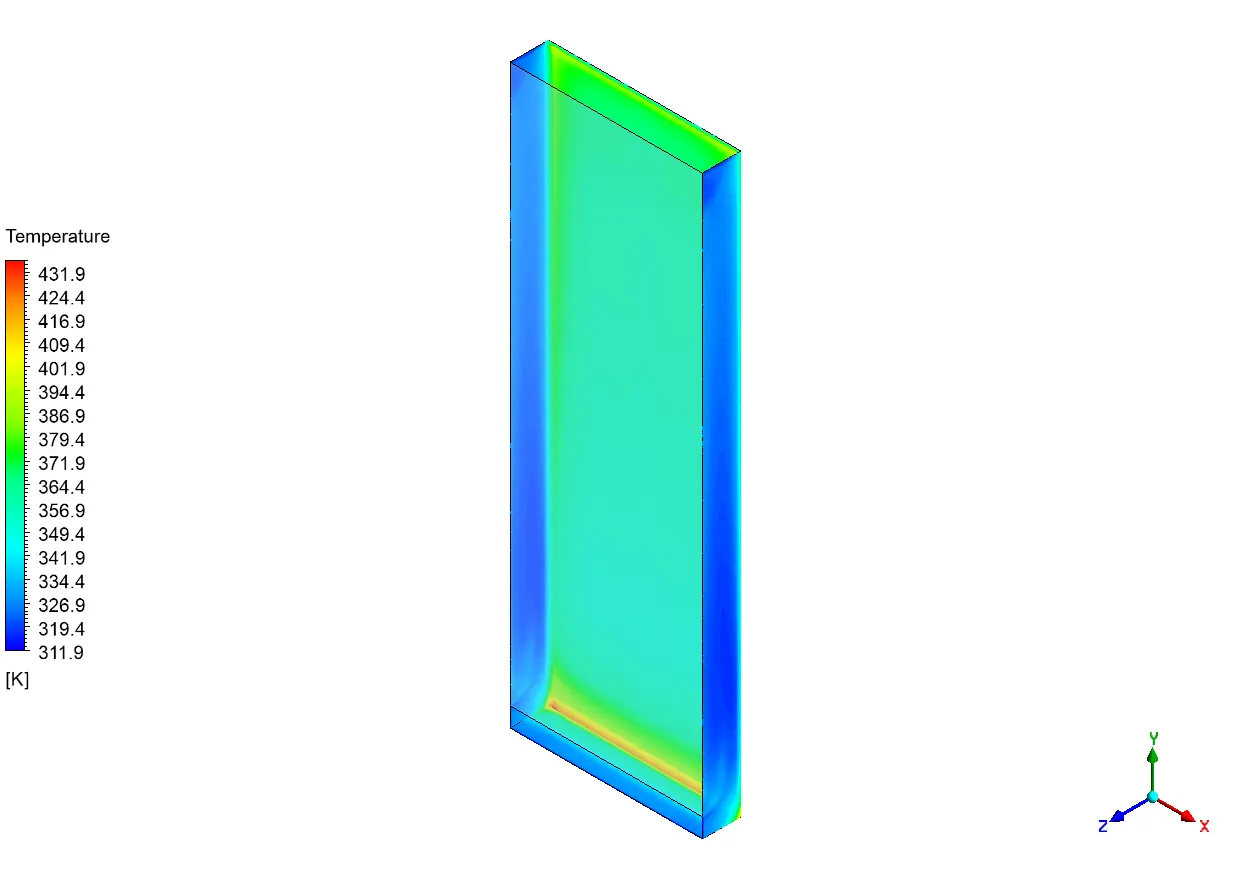
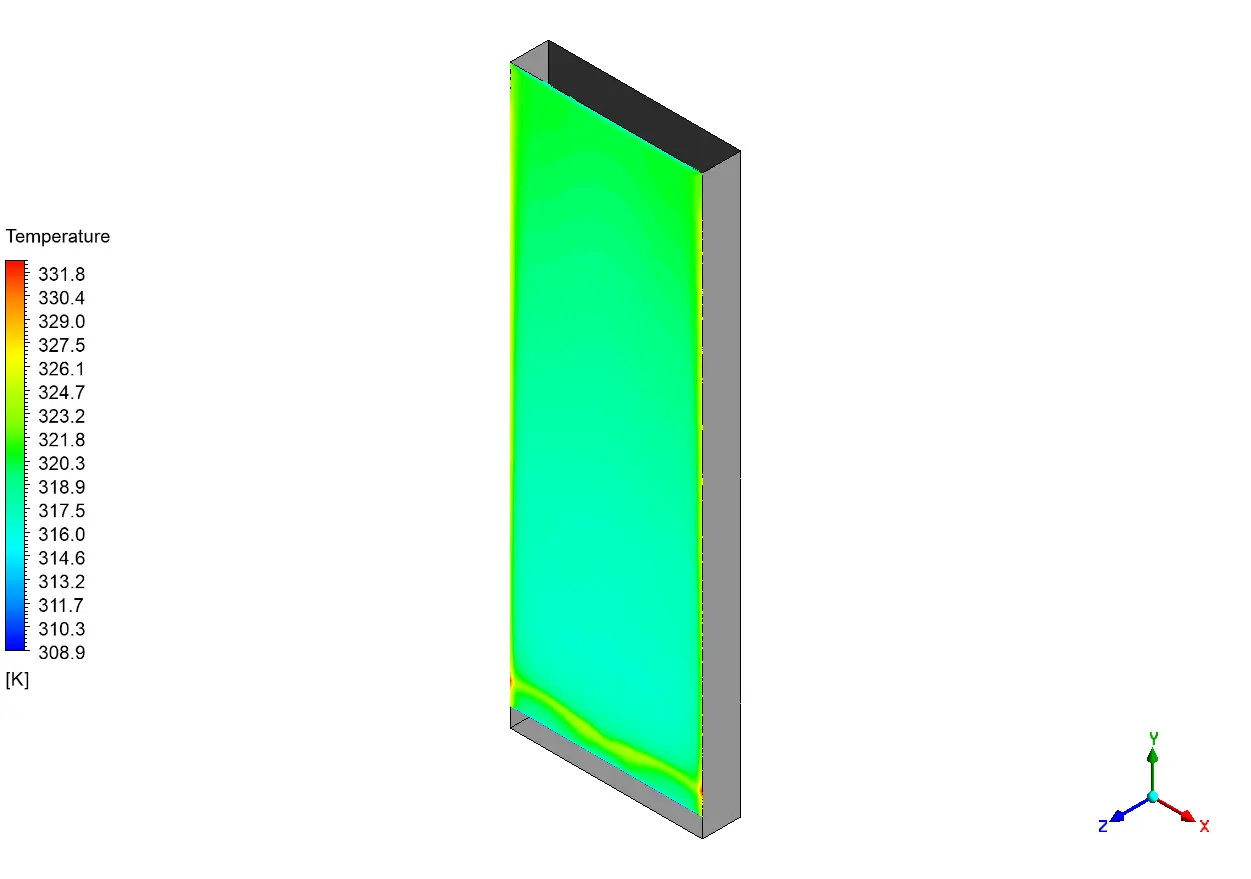
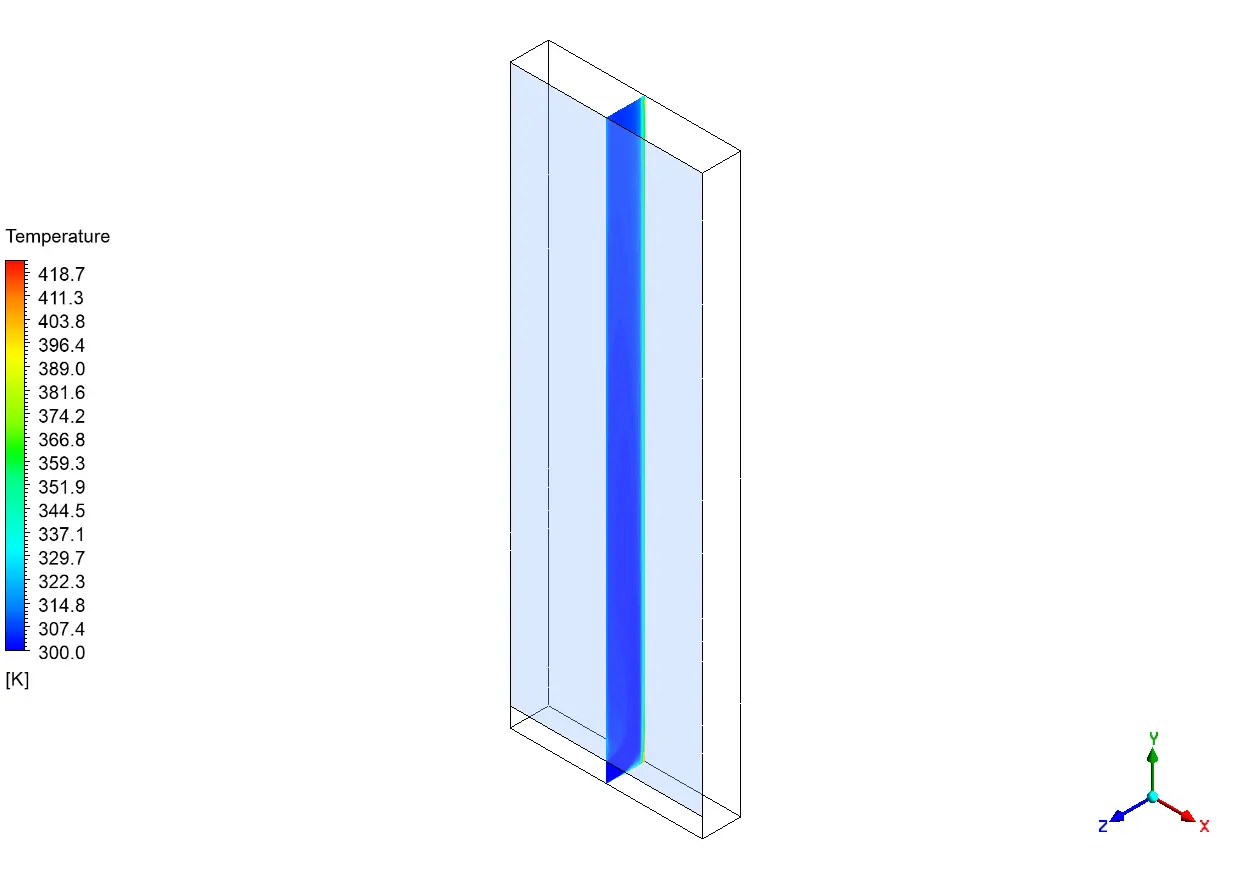
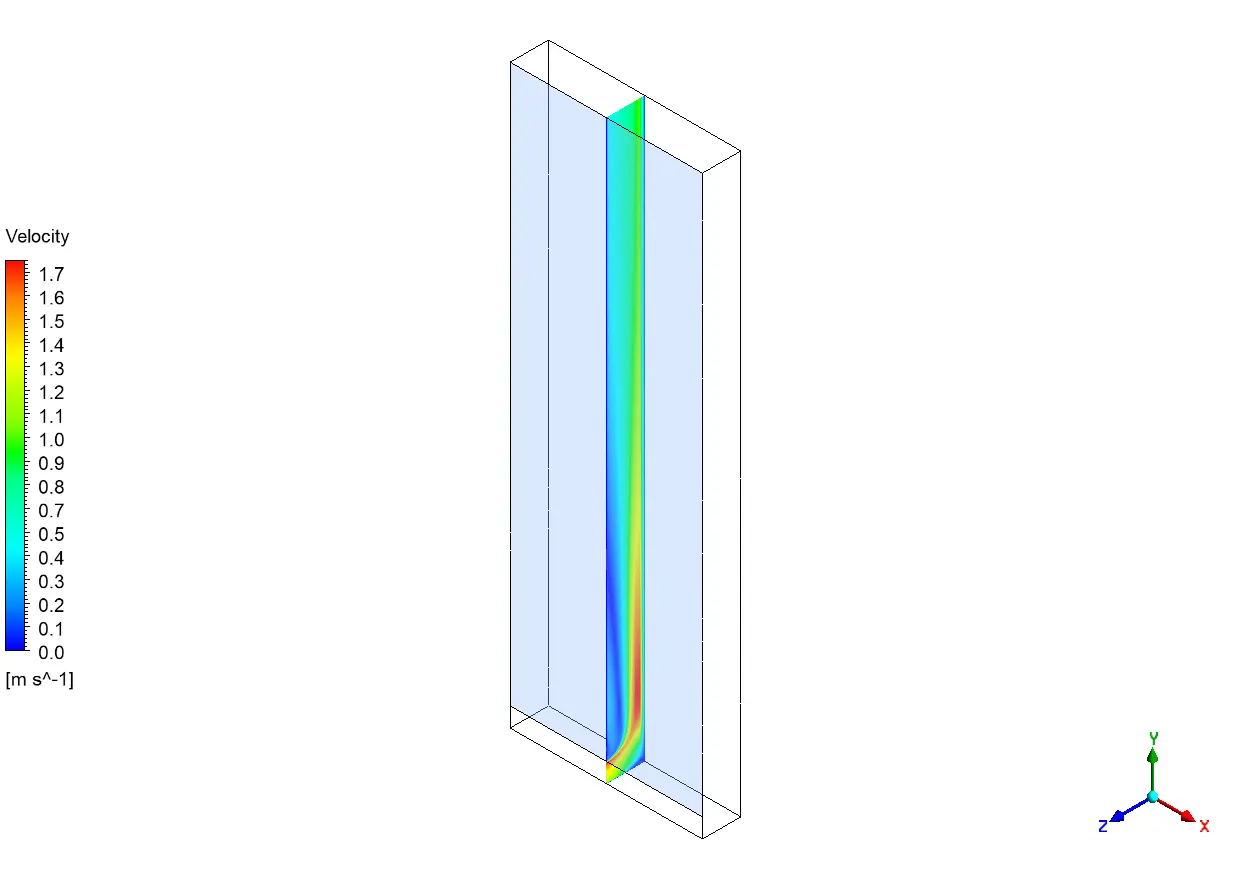
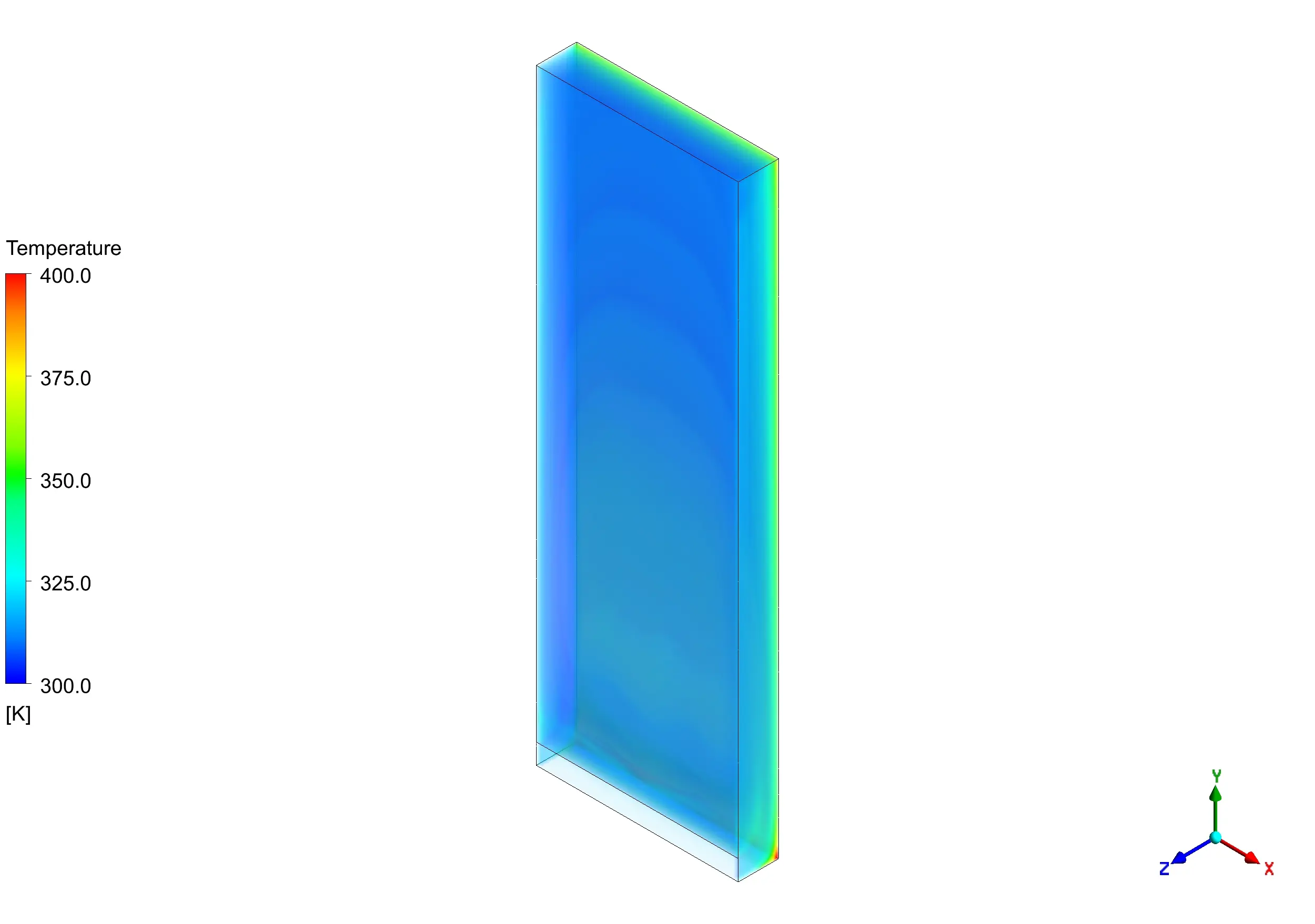





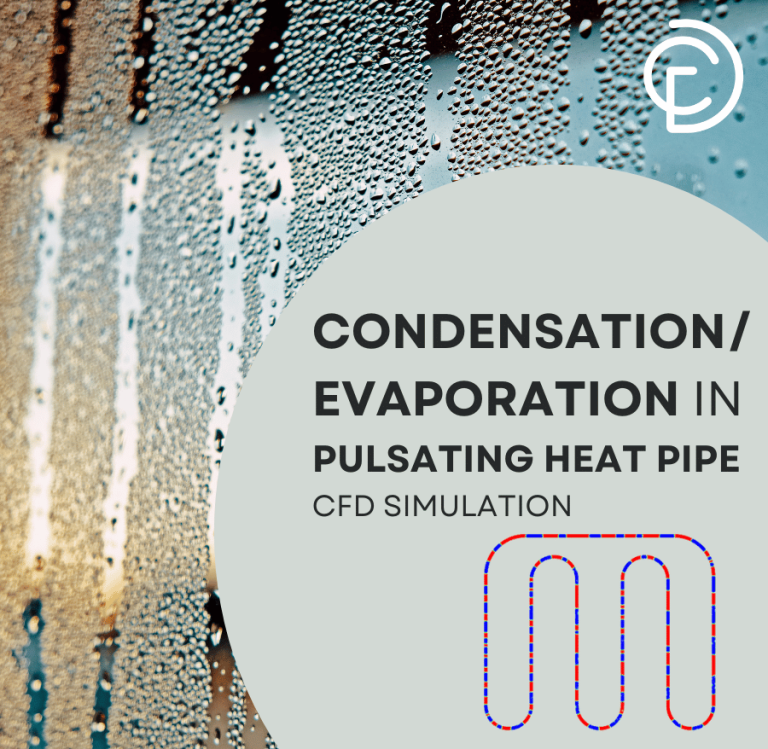
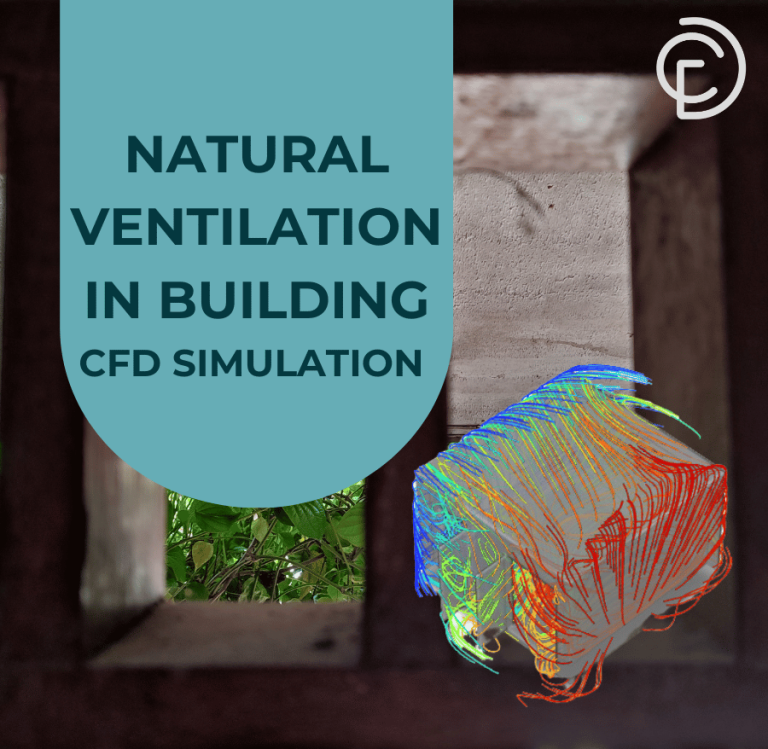
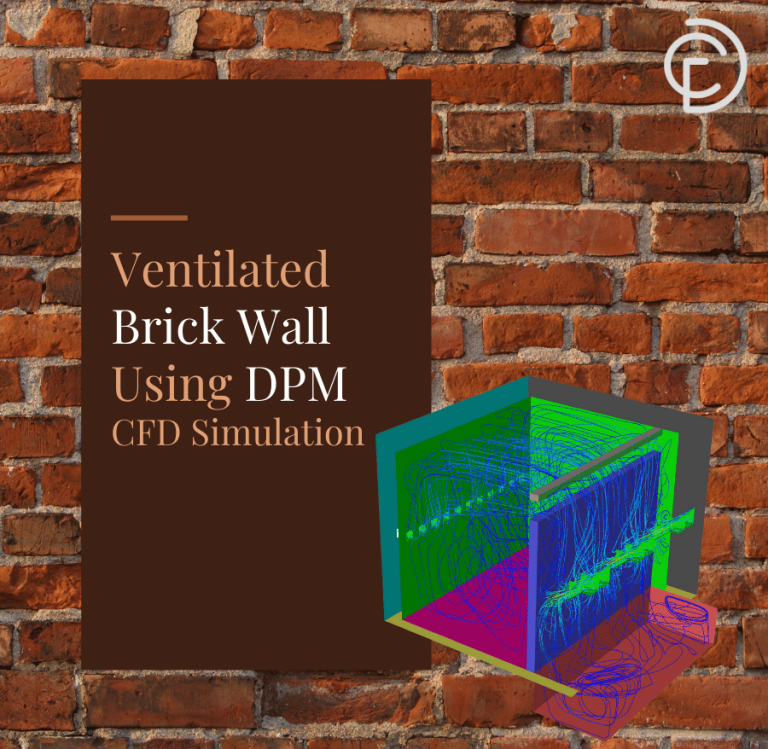

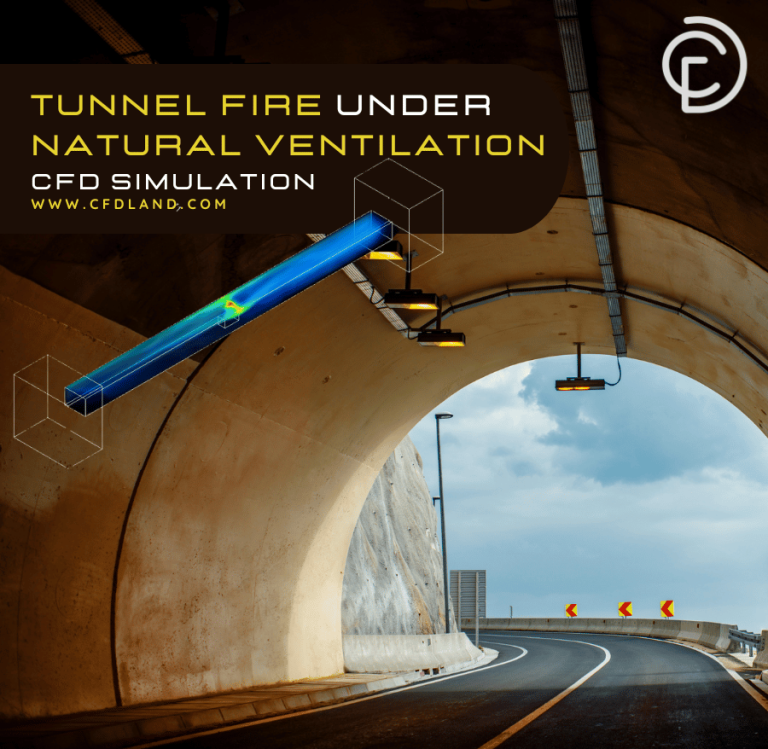

Reviews
There are no reviews yet.